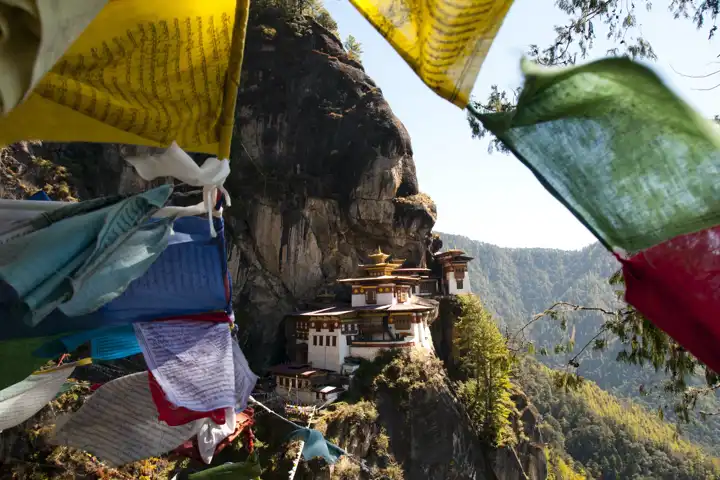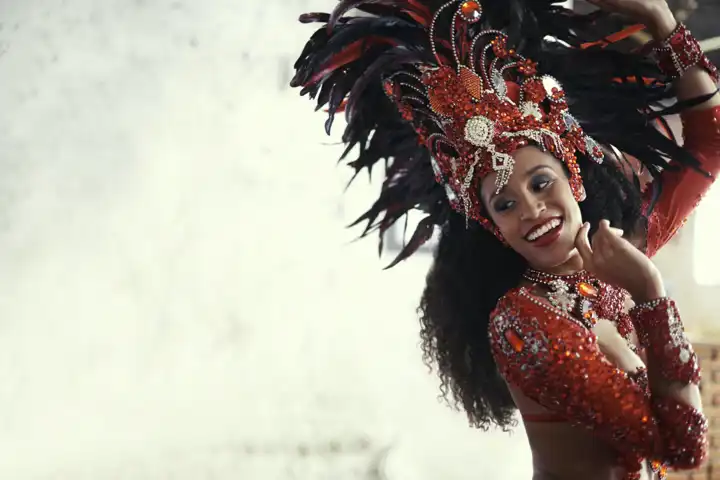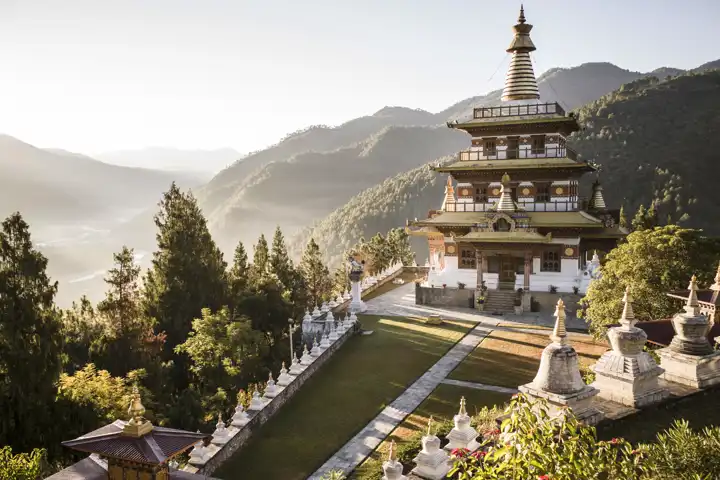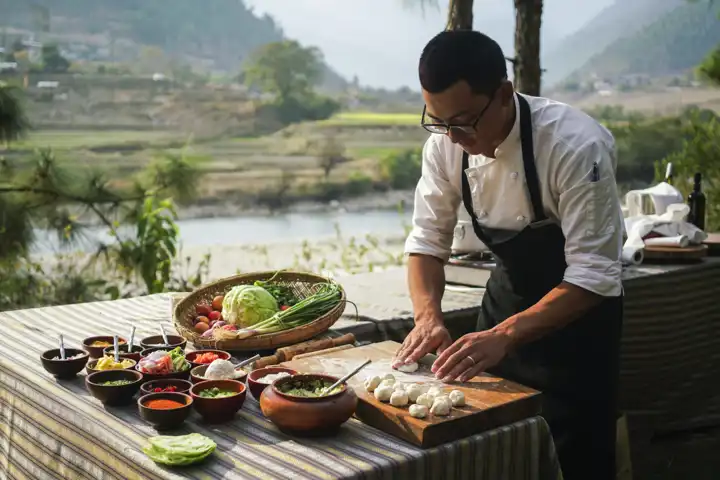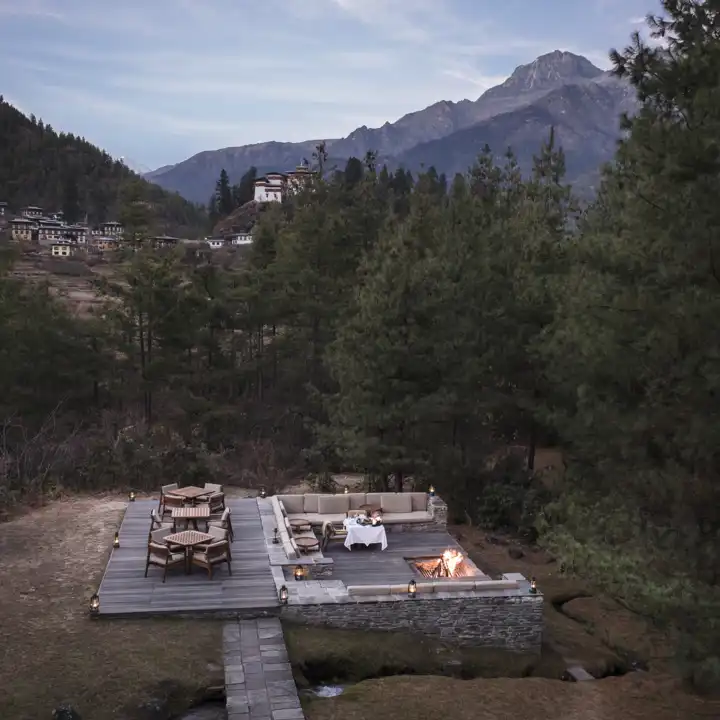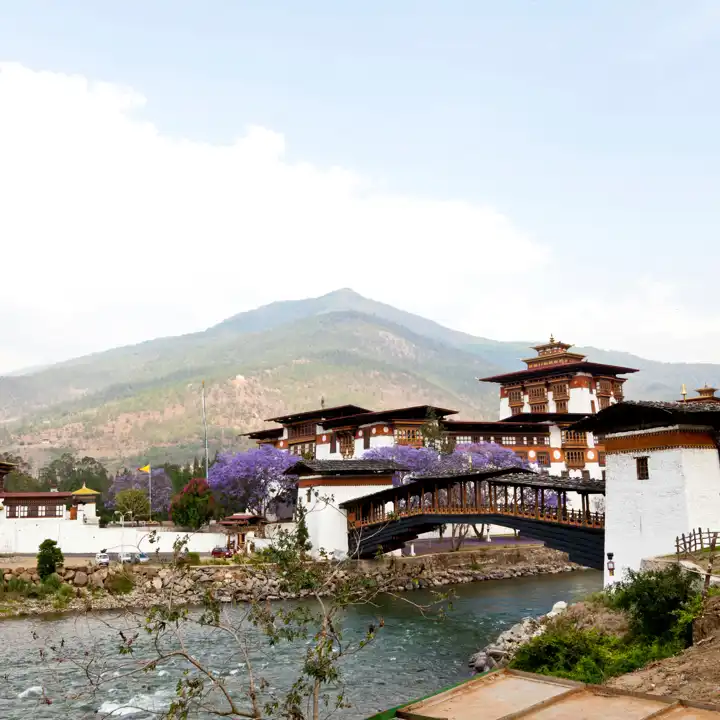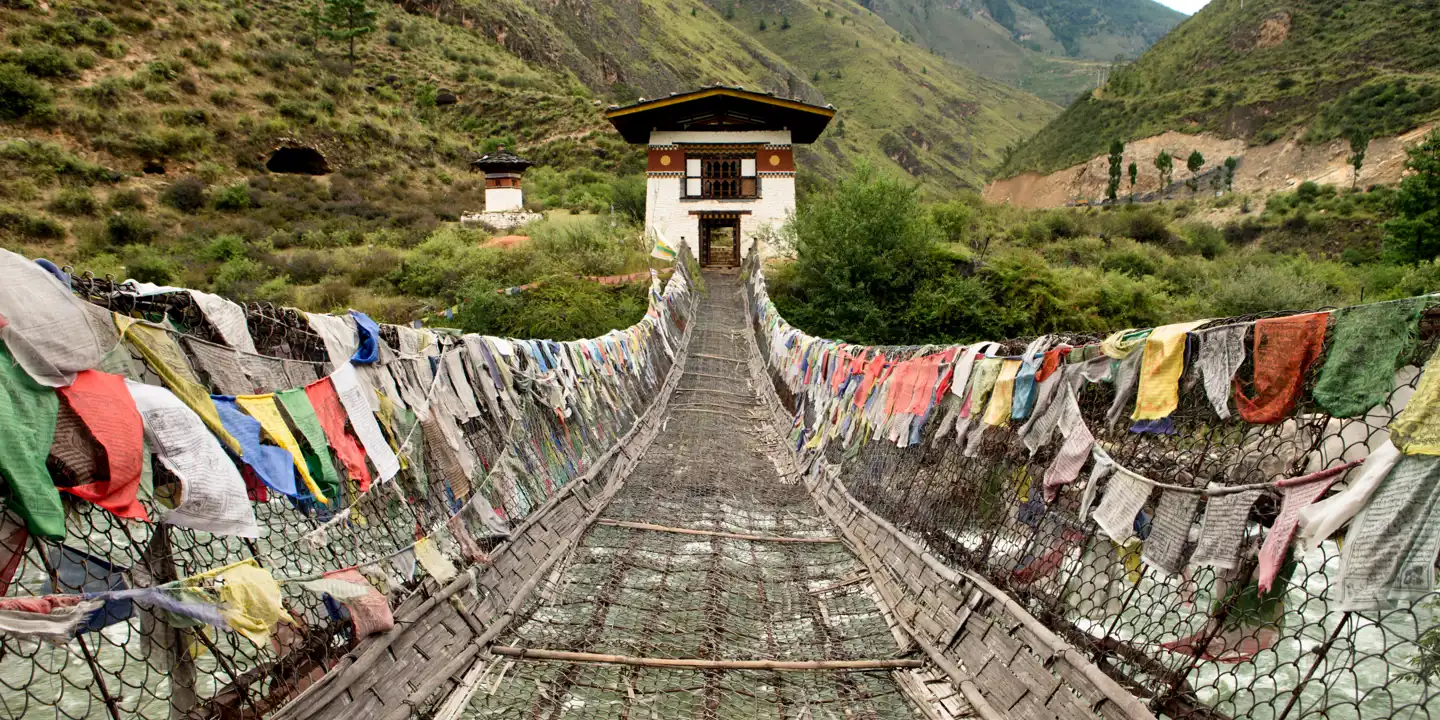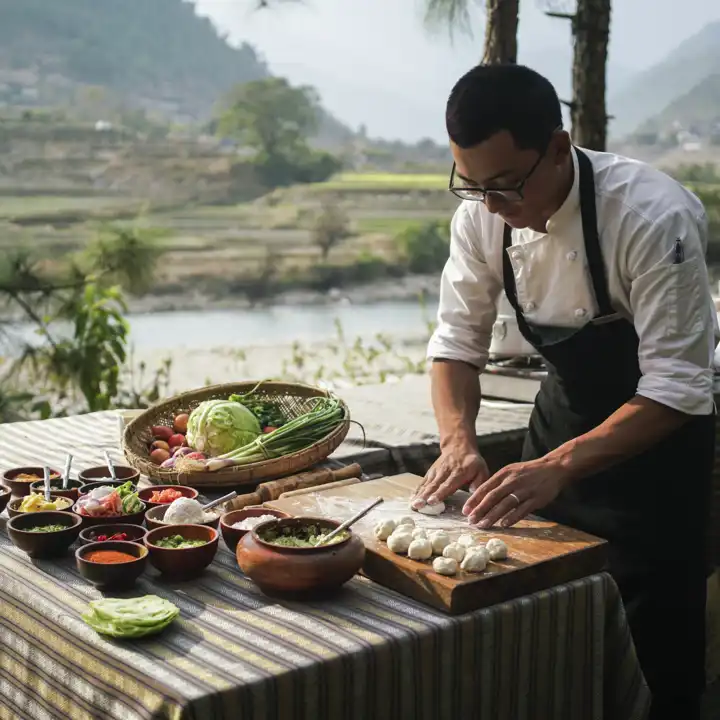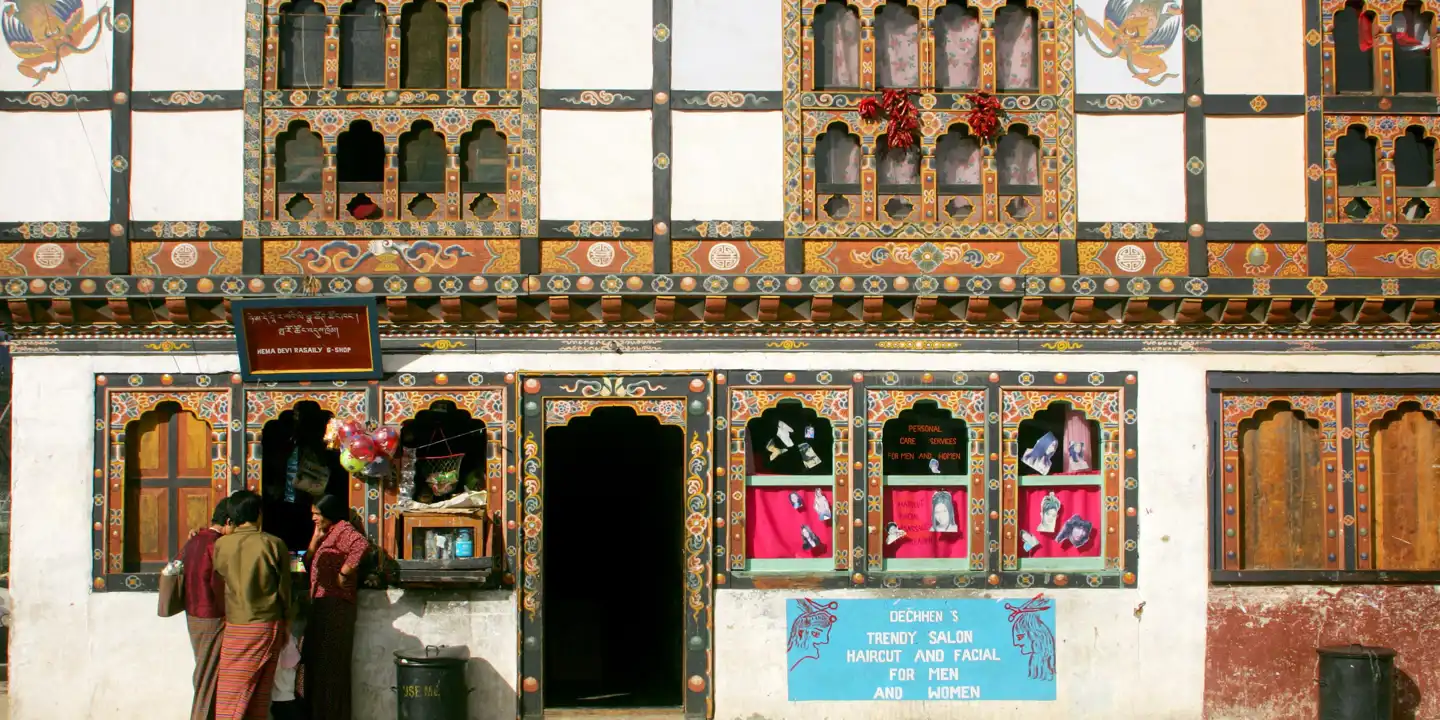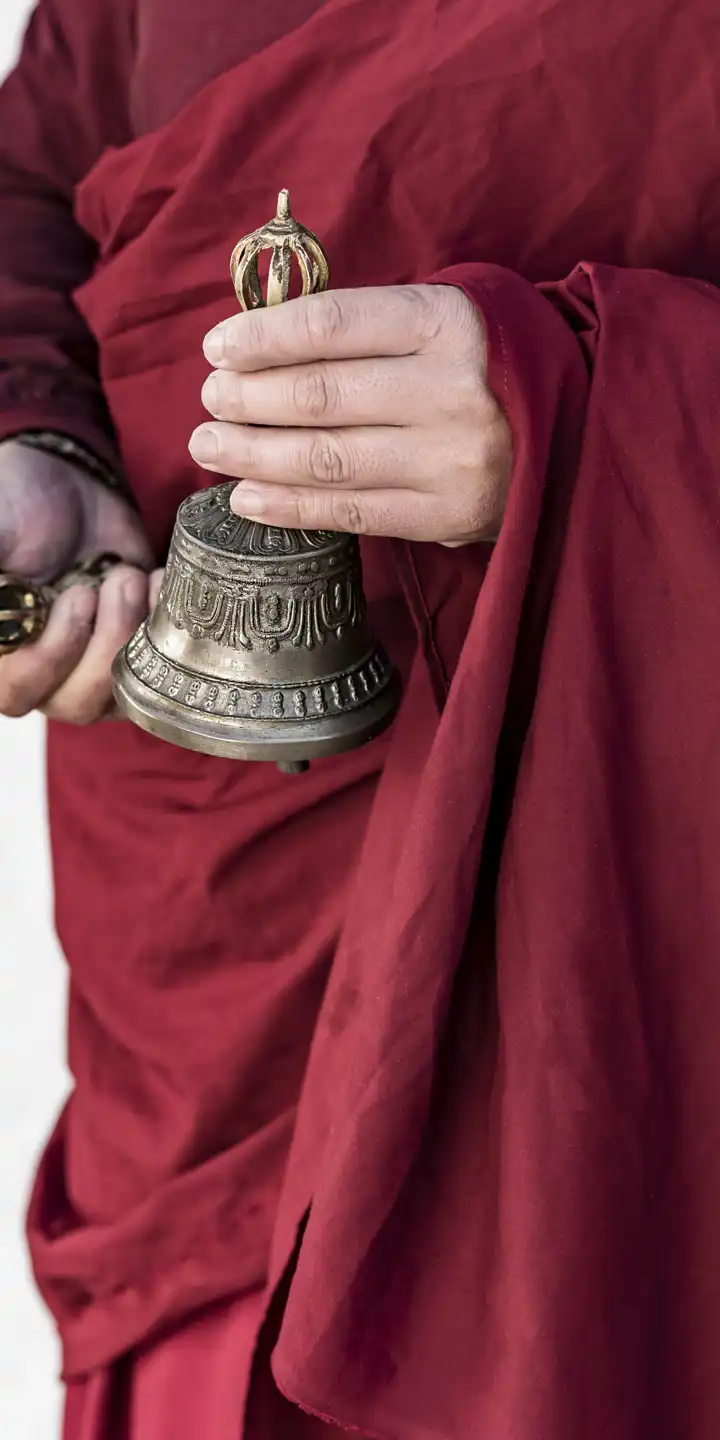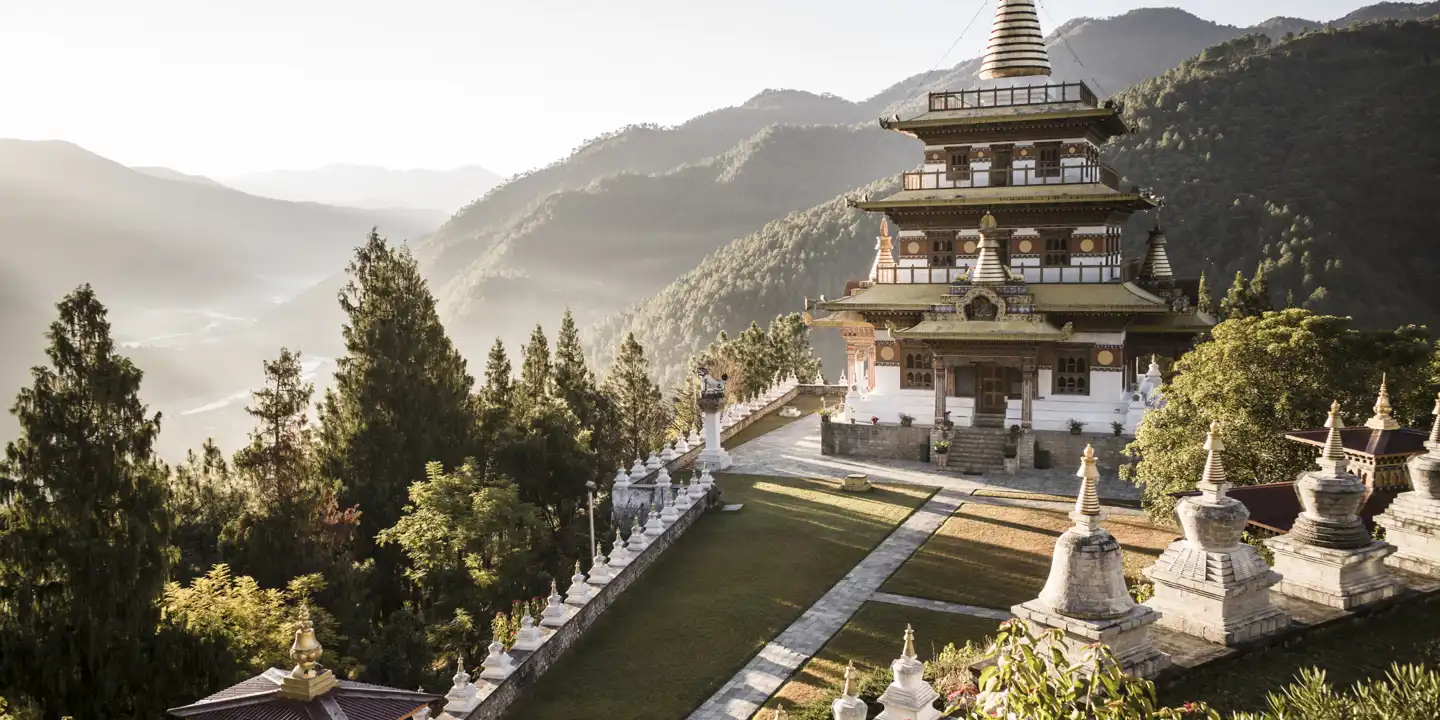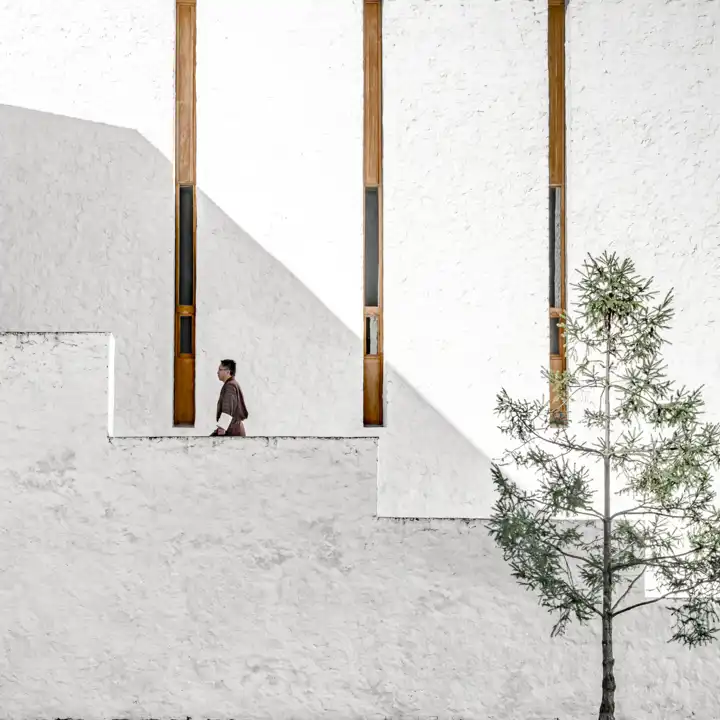Bhutan
Solitude in the Remote Reaches of the Himalayas
Bhutan
Of all the Asian destinations appealing to enlightenment seekers, perhaps nowhere delivers quite the immersive experience of luxury travel to Bhutan. A country nestled in the Eastern Himalayas, Bhutan is undeniably a cultural goldmine. Saints, scholars, mystics, and pilgrims from all over the world visit Bhutan to gain personal fulfillment and to see the legacies of Bhutan for themselves.
A Peaceful Presence
The landscape itself plays a large role in Bhutan’s peaceful presence. With a profound solitude unique to these remote reaches of the Himalayas, the landscape encourages meditation and reflection for those on a journey for wisdom, enlightenment, and peace. Here, mankind feels like a small part of a vibrant world, humble amid the grandeur of nature and the simplicity of life.
Yet at the same time, the honor and care the Bhutanese bestow upon each other is extended to their guests. Attentive service and exquisite detail replace opulence in a country that does not believe in excess.
Steeped in a history of simple, peaceful living, Bhutan offers a grand story of South Asian ways of life. It is different from the imperial conquests of her neighbors. The country is one of only a few that have been independent throughout their history. Without political turmoil upsetting its traditions over the last few centuries, life has continued to evolve along the Buddhist pathway. Another benefit of its relatively peaceful past has been the preservation of monasteries and fortresses. The monasteries continue to play an integral role in the everyday lives of the Bhutanese. They create a seamless connection to their history and highlight the continued relevance of religion in modern Bhutan.
Bhutan with Ker & Downey
When you experience luxury travel to Bhutan, you take part in traditional Buddhist ceremonies and celebrations. Or rather, simply enjoy the serenity of the destination. Seek out truth and beauty among the cultural heritage and tranquil atmosphere of Bhutan, the “Land of the Thunder Dragon”. Travel to this fascinating region with Ker & Downey’s Bhutan vacation packages.


